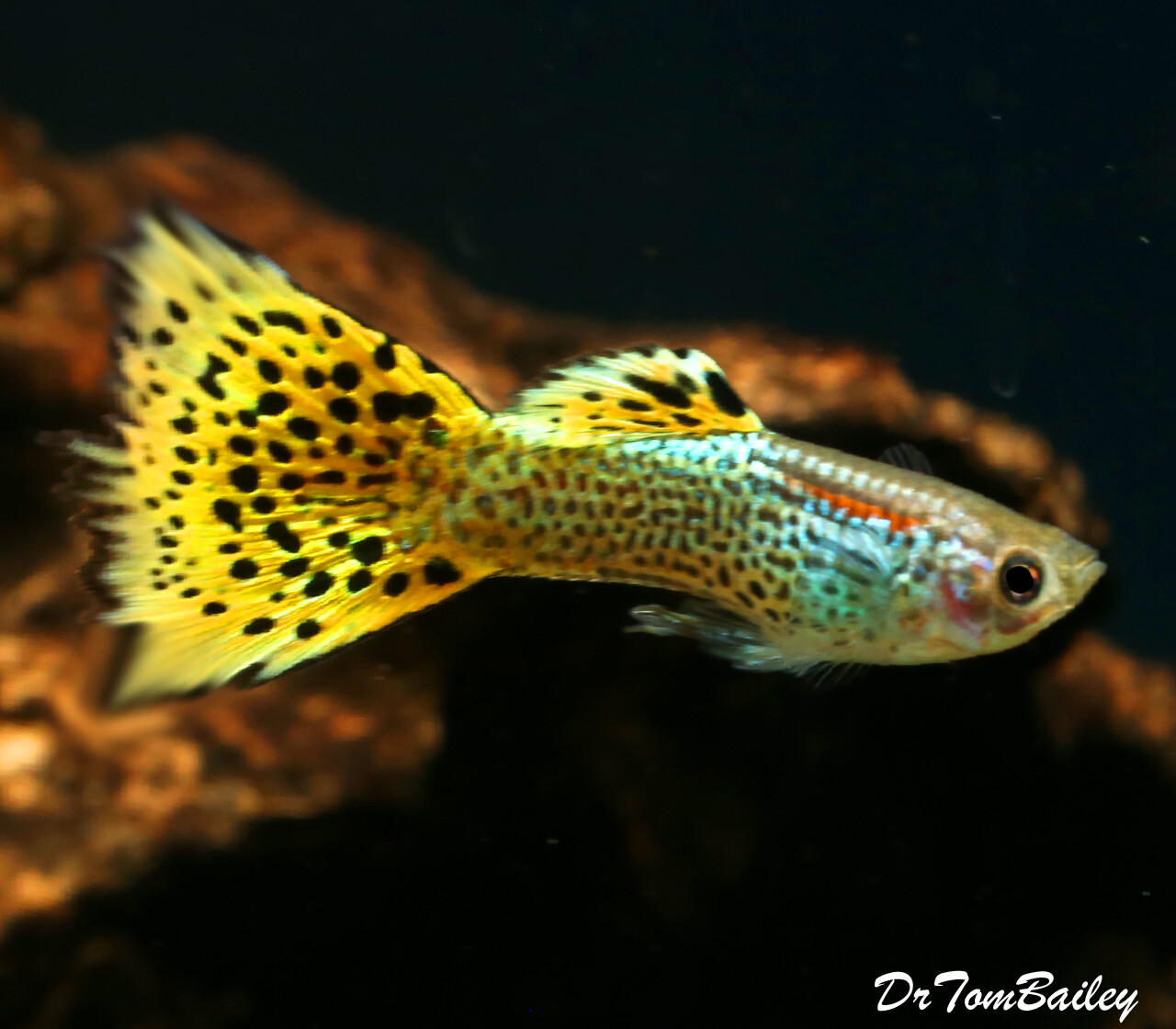Leopard Guppy
A colorful and fascinating addition to any aquarium, leopard guppies are a popular choice for fish enthusiasts. With their distinctive spots and flowing tails, these fish are a sight to behold. In this blog post, we will explore the world of leopard guppies and provide you with all the information you need to care for them.
Pain Points of Leopard Guppy
Before diving into the details of leopard guppy care, it's important to address some common pain points. For example, leopard guppies may be susceptible to certain diseases or infections. Additionally, they require a specific environment in order to thrive, which can be tricky to maintain. These pain points should not deter you from considering leopard guppies as a pet, but it's important to be aware of these challenges and prepare accordingly.
Target of Leopard Guppy
Leopard guppies are a great option for those who are looking for a low-maintenance pet that is still visually stunning. They are easy to care for and do not require a lot of attention or upkeep. Additionally, they are a peaceful species that can be housed with other non-aggressive fish.
Summary of Main Points
In summary, leopard guppies are a great choice for those who want a visually striking and low-maintenance pet. However, there are certain challenges that come with caring for these fish, such as maintaining their environment and ensuring their health. With proper preparation and care, leopard guppies can make a fantastic addition to any aquarium.
Understanding Leopard Guppy
Leopard guppies are a member of the Poeciliidae family and are native to South America. They are a livebearer species, which means they give birth to live young. The males are typically more brightly colored than the females and have longer, flowing tails. Leopard guppies are relatively small, typically growing to a maximum length of two inches.

As mentioned earlier, leopard guppies require a specific environment in order to thrive. They prefer water that is slightly alkaline and between 72-82 degrees Fahrenheit. Additionally, they require a well-filtered tank that is at least 10 gallons in size. It's important to provide plenty of plants and hiding places for the fish, as well as a varied diet that includes both live and frozen foods.
Common Issues with Leopard Guppy
While leopard guppies are generally easy to care for, there are still some common issues that owners may encounter. For example, these fish are prone to diseases such as fin rot and ich. They may also experience swim bladder problems if they are overfed or their environment is not properly maintained.

Maintaining the Environment
To prevent these issues, it's important to maintain a clean and well-filtered tank. It's also important to avoid overfeeding the fish and to provide a varied diet that includes both live and frozen foods. Additionally, regular water changes and testing can help ensure that the water is within the appropriate pH and temperature range for the fish.
Breeding Leopard Guppy
Leopard guppies are a livebearer species, which means they give birth to live young. Breeding these fish can be an enjoyable experience, but it's important to approach it with caution. Overbreeding can lead to a number of issues, such as genetic deformities and a weakened immune system. If you do decide to breed your leopard guppies, it's important to research the process thoroughly and ensure that you have the appropriate setup and knowledge before proceeding.

Question and Answer Section
Q: Are leopard guppies easy to care for?
A: Yes, leopard guppies are generally easy to care for as long as their environment is properly maintained.
Q: Can leopard guppies be housed with other fish?
A: Yes, leopard guppies are a peaceful species and can be housed with other non-aggressive fish.
Q: How often should the water in a leopard guppy tank be changed?
A: It's recommended that the water in a leopard guppy tank be changed once a week.
Q: What should I feed my leopard guppies?
A: Leopard guppies require a varied diet that includes both live and frozen foods. Some options include brine shrimp, bloodworms, and daphnia.
Conclusion
Leopard guppies are a beautiful and low-maintenance pet that can make a great addition to any aquarium. While they require a specific environment and may be prone to certain issues, they are generally easy to care for and can be housed with other non-aggressive fish. With proper care and attention, leopard guppies can thrive and provide you with years of enjoyment.
Gallery
Premium MALE Leopard Tail Fancy Guppy, Size: 1" To 1.5"

Photo Credit by: bing.com / guppy male fancy cobra tail leopard gold premium size
Yellow Leopard Guppy Pair | Guppy Fish, Guppy, Angel Fish Tank

Photo Credit by: bing.com / guppy freshwater ikan poecilia reticulata tropical karakteristik diapteron
Leopard Tail Guppy - SWEET KNOWLE AQUATICS ONLINE SHOP

Photo Credit by: bing.com / guppy leopard tail shop ask question
Guppy Fish: March 2011

Photo Credit by: bing.com / guppy leopard guppies male fish grass types yellow cobra wallpaper fc08 fs37 deviantart life spot pink gup
Leopard Guppy, Female Guppy, Rainbow Fish, गप्पी मछली, गप्पी फिश In

Photo Credit by: bing.com /
